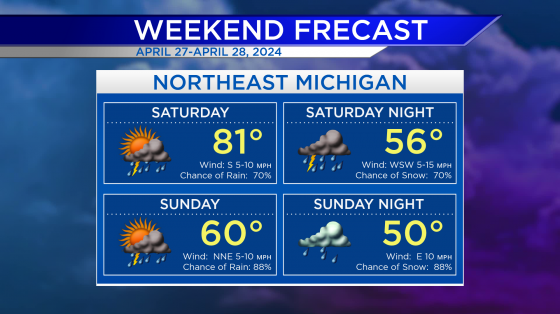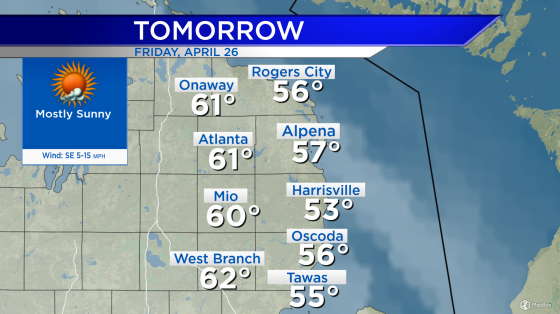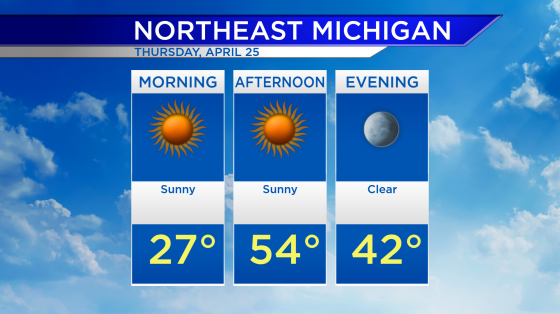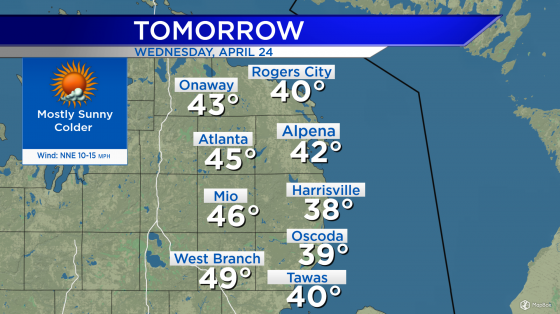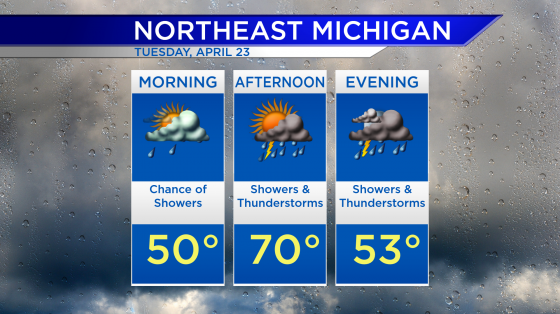Alpena’s Bird Center Busy With Patients
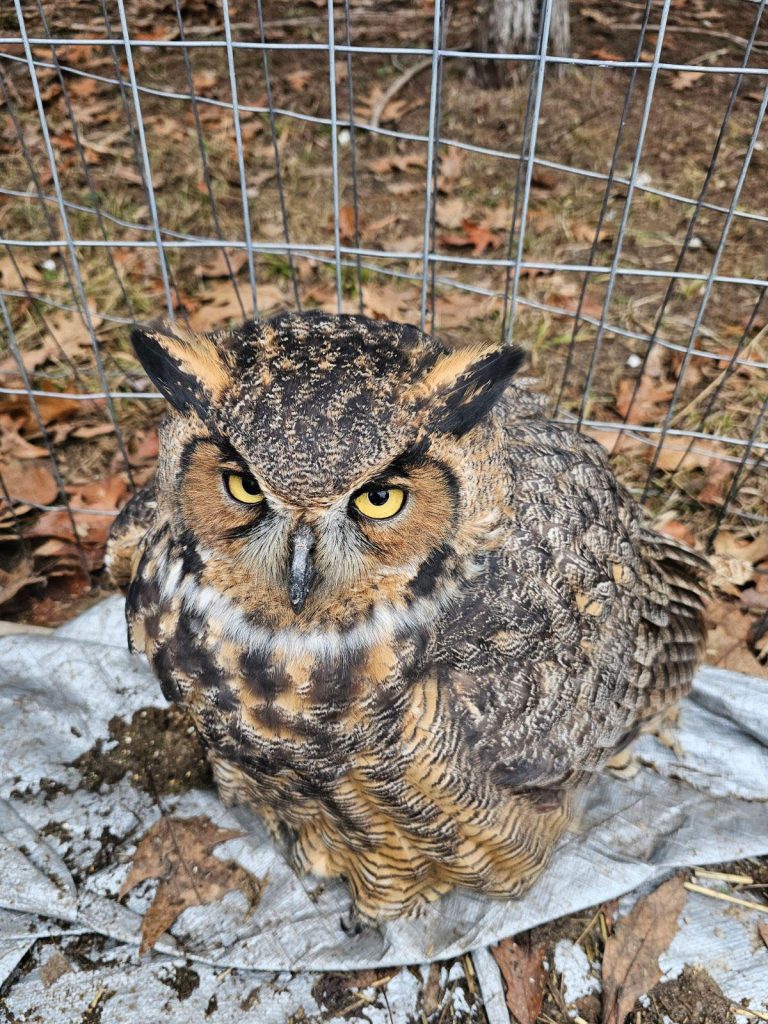
While many migratory birds are enjoying warmer weather down south, we still have a core local bird population flying around in our chilly conditions. Out of these remaining flocks, Alpena’s Bird Center has been receiving more calls for birds needing rehab due to interaction with humans. These incidents largely include window strikes and car accidents, and in the event of a window strike, it’s commonly believed birds are just stunned from hitting windows, but Alpena’s Bird Center founder and president, Ashley Kolnowski, says this is a common misconception, “The old wives tale is just to leave them be on the ground and then let them go in a few hours. That is not a good choice. Typically, most of the birds die from brain swelling and the trauma that they endured after hitting a glass window or whatever else they may have hit.” Kolnowski also recommends putting stickers on your windows to prevent bird strikes, as they generally only see their reflection when a plain window is in their path.
They currently have nine birds in their care, with two more that were released over the weekend. Before Alpena’s Bird Center’s recent inception, there were no local rehab options. “There is no other bird rehab center within about two hours from here,” said Kolnowski. “So, I saw a need for our birds to be helped after I had a nest of baby robins on my porch and there was no one around to take it.” Kolnowski then over one hundred of hours of training to become an official bird rehabber and takes almost all species of birds, excluding waterfowl (due to avian flu) and eagles as they are currently working to build a flight cage big enough to properly rehab the species. The Center takes birds from anywhere that needs help, and works in tangent with the Department of Natural Resources and U.S. Fish and Wildlife to serve our birds.
Once a bird is rescued, they start with limited mobility, and progress as their condition improves. They are checked for broken bones, receive any medicine they may need, and slowly work back towards flight. “Once we start seeing them able to perch and move around and ambulate better, then we move them into a limited cage, so then we can watch them and see if they’re moving around a little better,” said Kolnowski. “Then, ultimately they will go into the unlimited cage, which is what we call the ‘Flight Cage’ where they’re able to get their wind strength back and be able to fly again.” After they have regained their flight strength, they are then released where they were found, if it is safe to do so, or in a different environment where it can thrive.
If you find an injured bird, it is recommended to keep it contained in a dark environment, ideally indoors where it can stay warm. As it can be intimidating to approach an injured bird, covering it with a cloth can be helpful to pick it up without injuring it. Once you’ve secured the bird, keep it away from any pets and call Alpena’s Bird Center for help.
Kolnowski is actively looking to grow the Alpena’s Bird Center and is seeking volunteers to assist with their mission. They are a registered 501(c)(3) nonprofit and accept donations via PayPal, Venmo, and through their Amazon Wishlist. They also have a Facebook page where you can stay updated on bird status, releases, fun facts, and more.
Featured photo courtesy of Alpena’s Bird Center

